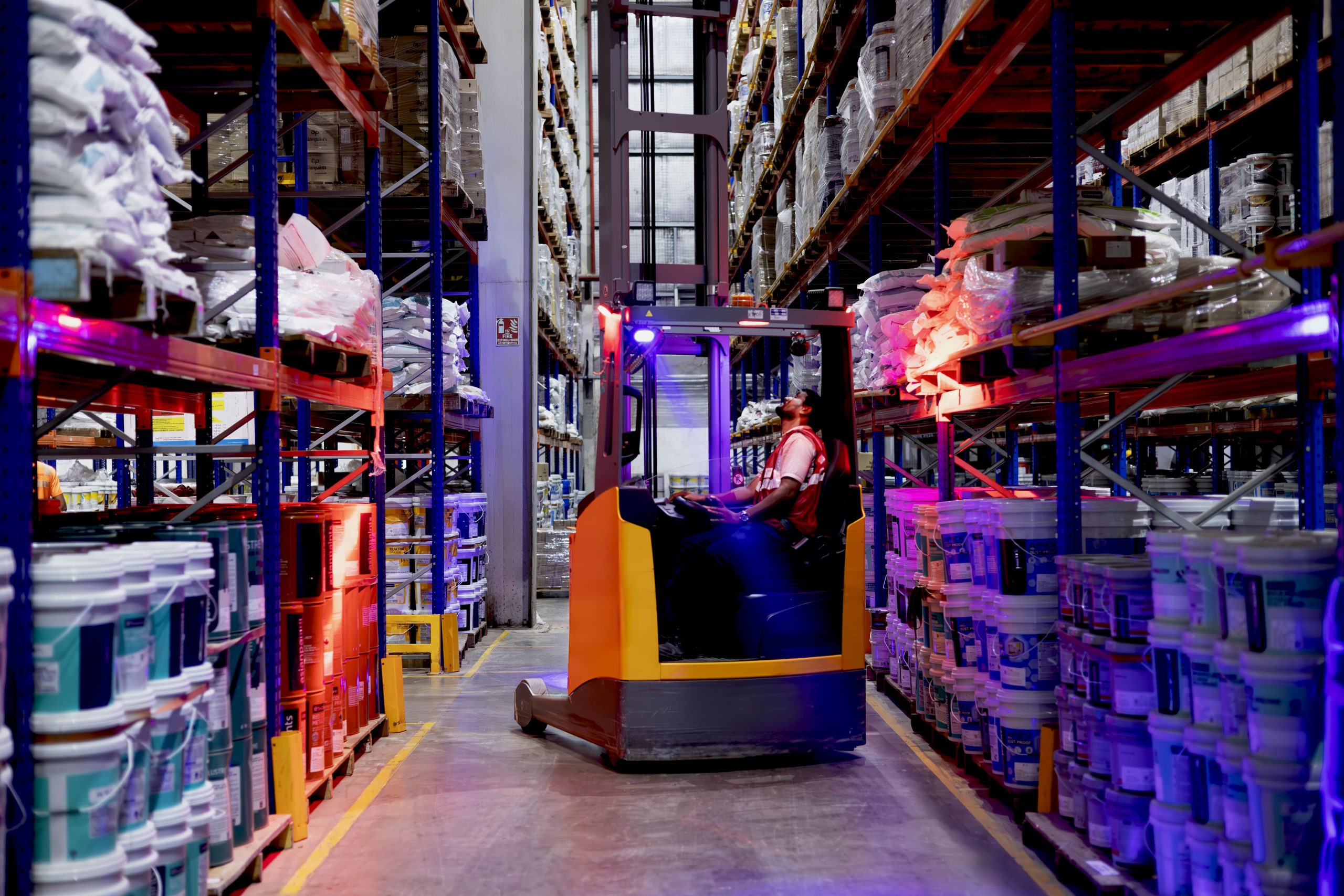Warehouse Safety Innovations: From Automated Systems to Smart Wearables

A key component of efficient logistics management is warehouse safety, and new technologies are enabling innovative approaches to increase both productivity and safety. Wearable technology and automated systems are two examples of contemporary safety advancements that are making warehousing a safer and more effective place. This article will discuss some of the most advanced smart warehouse technology and warehouse automation systems that assist protect employees while streamlining operations.
The Need for Safety Innovations in Warehousing
Warehouses are busy places where complicated procedures and large machinery collide. The necessity for warehouse technology to provide a secure, automated warehouse setup is growing along with the demand for effective logistics solutions. Safety is a top concern for warehouse managers since smart warehouse services are essential in preventing mishaps, lowering human error, and upholding high operating standards.
Overview of Warehouse Automation Solutions
A new degree of productivity and safety is provided by automated warehousing systems. Businesses may automate warehousing processes, reduce hazards, and streamline workflows by putting these tools into place. The following are essential components of warehouse automation:
- Automated guided vehicles, or AGVs, eliminate the need for human workers to lift heavy loads by moving items across the warehouse automatically.
- Automated Storage and Retrieval Systems (AS/RS): These systems are made to precisely store and retrieve goods, lowering the possibility of inventory errors and manual handling.
- Robotic Arms: Used to load, sort, and stack objects, robotic arms improve safety by automating repetitive, potentially harmful jobs.
By automating dangerous jobs, these warehouse automation solutions not only increase output but also make workplaces safer.
Smart Warehouse Technology
By combining intelligent systems that can anticipate, track, and control safety hazards, smart warehouse technology goes beyond automation. These developments improve operational visibility and make it simpler for managers to monitor staff and equipment:
- IoT sensors: By gathering data on temperature, humidity, and equipment health in real time, these sensors help to ensure ideal storage conditions and warn management of possible risks.
- Systems for managing warehouses (WMS): WMS software helps managers make well-informed decisions that can help avoid mishaps by giving them real-time information into inventory and workflow.
- Predictive Maintenance: By keeping an eye on the condition of machines, IoT-enabled predictive maintenance lowers the likelihood of equipment failures that could cause mishaps.
IoT-based smart warehouse technology combined with automated warehouse storage increases productivity and protects workers by anticipating risks before they escalate.
Wearable Technology in Warehouses
Another crucial component of contemporary warehouse safety is wearable technology. By monitoring employee health, sending out real-time notifications, and making sure safety procedures are followed, these gadgets improve safety:
- Smart vests and helmets: These wearables, which are fitted with sensors, keep an eye on employees’ posture, movement, and surroundings to warn them of hazards instantly.
- Location Tracking Devices: Wearable tracking gadgets assist in keeping an eye on employee positions and making sure they stay away from dangerous or prohibited areas of the warehouse.
- Vital Sign Monitoring: By monitoring health indicators like body temperature and pulse rate, certain wearable technology enables prompt detection of possible health problems.
Warehouse managers may build a safer workplace where hazards are reduced and workers are always protected by implementing wearable technology.
The Future of Warehouse Safety Innovations
The ongoing development of automated systems and smart warehouse technology holds the key to the future of warehouse safety. Warehouses will continue to change as a result of innovations like AI-driven predictive analysis, improved robotics, and smarter wearable technology, which will create an automated environment where productivity and safety coexist.
Conclusion
Innovations in warehousing safety are crucial to establishing safe, effective workspaces. Businesses are revolutionizing safety management with wearable technology, smart warehouse technology, and automated warehouse solutions. Warehouses can strike a balance between worker protection and productivity by adopting these improvements.
FAQ
Q1: How does automated warehouse technology improve safety?
A: Automated warehouse systems reduce the need for manual handling, lowering accident rates and optimizing workflow.
Q2: What types of wearable technology are used in warehouses?
A: Wearable technology in warehouses includes smart helmets, vests, and tracking devices that monitor safety and health in real-time.
Q3: What is the role of IoT in warehouse safety?
A: IoT sensors monitor environmental conditions and equipment health, providing data to prevent accidents and enhance safety.
Q4: Why is predictive maintenance important in an automated warehouse?
A: Predictive maintenance uses IoT data to assess equipment health, preventing breakdowns that could lead to safety risks.
Q5: How does smart warehouse technology contribute to productivity?
A: Smart warehouse technology offers real-time insights into operations, helping managers make informed decisions and optimize workflows.
